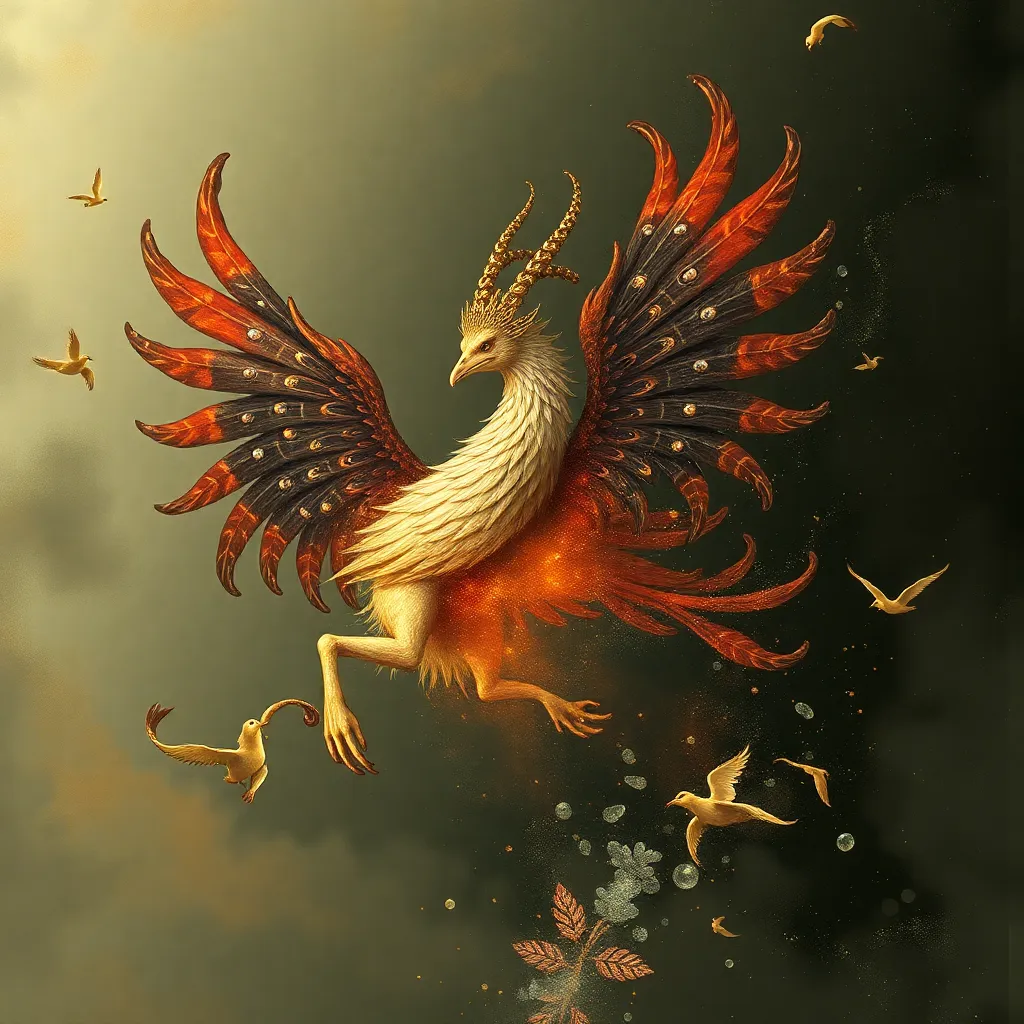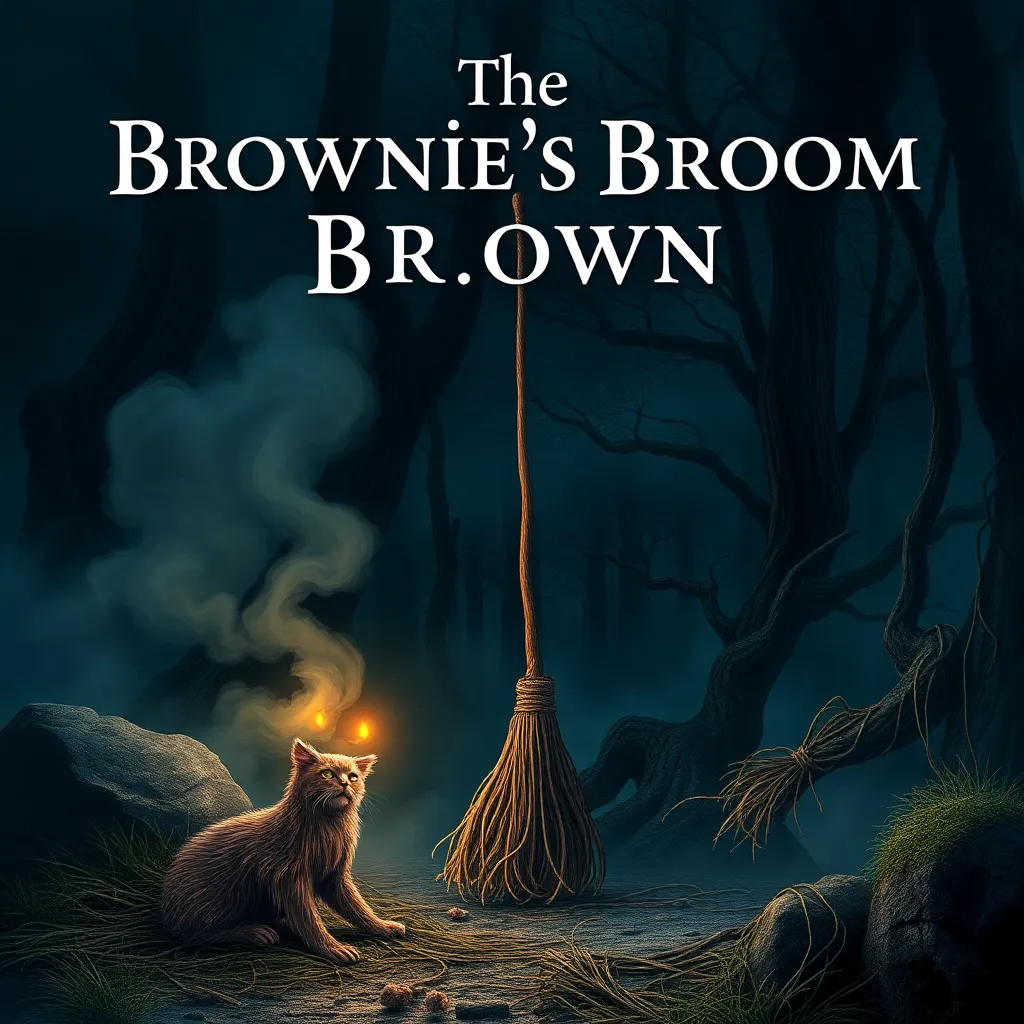The Simurgh in Turkish Folklore: A Tale of Healing and Transformation
I. Introduction
The Simurgh, a mythical bird in Turkish folklore, embodies themes of healing and transformation, serving as a powerful symbol in the cultural narrative of Turkey. This majestic creature is often depicted as a benevolent being, possessing extraordinary powers that transcend the ordinary realm. The significance of healing and transformation is deeply embedded in the stories surrounding the Simurgh, reflecting the human journey through adversity and growth.
This article aims to explore the mythological origins of the Simurgh, its role as a healer, its representation in literature and art, and its broader implications for cultural identity. Through this investigation, we will uncover the profound messages of healing and transformation that the Simurgh embodies, emphasizing its relevance in both historical and contemporary contexts.
II. The Mythological Origins of the Simurgh
A. Historical context and early references
The Simurgh has roots in ancient Persian mythology, with early references found in texts such as the Shahnameh, where it is portrayed as a wise and powerful creature. Over time, this mythical bird made its way into Turkish folklore, adapting to the cultural nuances of the region. The Simurgh is often described as a creature that is both majestic and mysterious, symbolizing the convergence of the earthly and the divine.
B. Comparison with other mythological birds across cultures
The Simurgh shares similarities with other mythological birds across various cultures, such as the Phoenix in Greek mythology and the Garuda in Hindu tradition. These mythical birds often symbolize rebirth, immortality, and transformation. However, the Simurgh is unique in its emphasis on healing, often depicted as a nurturing figure that guides individuals through their struggles.
C. Symbolism of the Simurgh in ancient texts
In ancient texts, the Simurgh is often associated with themes of wisdom and protection. It is said to possess knowledge of the past, present, and future, making it a revered figure in storytelling. The bird’s feathers are described as having magical properties, further enhancing its aura of mystique and power.
III. The Simurgh as a Healer
A. Healing powers attributed to the Simurgh
The Simurgh is renowned for its healing abilities, often referred to as a guardian of the sick and suffering. Legends depict the bird as having the power to cure ailments and provide solace to those in distress. This healing prowess is a central theme in many stories, illustrating the Simurgh’s role as a benevolent protector.
B. Stories and legends illustrating its healing abilities
- One popular legend tells of a young hero who, after suffering a grievous injury, is miraculously healed by the touch of the Simurgh’s feathers.
- In another tale, a village plagued by illness finds hope when the Simurgh descends from the mountains, bringing with it the knowledge of herbal remedies.
C. The role of the Simurgh in personal and communal healing
The Simurgh’s healing abilities extend beyond individual stories to encompass communal healing. In Turkish folklore, the bird is often invoked during times of crisis, symbolizing hope and unity. Communities come together to honor the Simurgh, believing in its power to restore health and harmony.
IV. Transformation and Growth through the Simurgh
A. The journey of transformation in Simurgh narratives
The narratives surrounding the Simurgh often highlight a journey of transformation, where characters undergo profound changes, guided by the wisdom of the bird. These stories serve as allegories for the human experience, illustrating how adversity can lead to personal growth and enlightenment.
B. Symbolic meanings of transformation in folklore
Transformation in folklore often symbolizes the transition from innocence to experience, ignorance to knowledge, and despair to hope. The Simurgh embodies these themes, encouraging individuals to embrace their challenges and emerge stronger. The bird’s ability to facilitate transformation is a testament to its significance in Turkish cultural heritage.
C. Lessons of growth and resilience embodied by the Simurgh
The resilience of the Simurgh serves as a powerful lesson for individuals facing struggles. The bird’s journey is a reminder that transformation often requires patience, courage, and a willingness to confront one’s fears. Through the lens of the Simurgh, we learn that growth is possible even in the face of adversity.
V. The Simurgh in Turkish Literature and Art
A. Representation of the Simurgh in Turkish poetry and prose
The Simurgh has found its way into the hearts of Turkish poets and writers, inspiring countless works of literature. The bird is often used as a metaphor for love, wisdom, and the human condition. Notable poets such as Ashik Nimri and Nesimi have drawn upon the imagery of the Simurgh to convey deeper philosophical messages.
B. Visual depictions in Turkish art and folklore
In visual arts, the Simurgh is frequently depicted in intricate designs, paintings, and sculptures, symbolizing beauty and strength. Turkish artists have embraced the bird as a motif that represents both national identity and cultural heritage.
C. Influence on contemporary Turkish literature
Contemporary Turkish literature continues to explore the themes associated with the Simurgh, often reinterpreting its symbolism to address modern societal challenges. The bird serves as a bridge between the past and present, showcasing the enduring relevance of its message.
VI. The Simurgh’s Role in Cultural Identity
A. The Simurgh as a national symbol in Turkey
The Simurgh has become a national symbol in Turkey, representing resilience and hope. It is often referenced in national narratives, embodying the spirit of the Turkish people and their connection to their rich cultural history.
B. The bird’s significance in Turkish cultural heritage
As a part of Turkish cultural heritage, the Simurgh serves as a reminder of the country’s diverse folklore and its capacity for healing and transformation. It is celebrated in festivals, literature, and art, reinforcing its place in the national consciousness.
C. Modern interpretations and adaptations of the Simurgh myth
Modern interpretations of the Simurgh myth reflect contemporary issues, such as environmentalism, social justice, and personal identity. Artists and writers are reimagining the Simurgh’s journey, making it relevant for new generations while retaining its core messages of healing and growth.
VII. Comparative Analysis: Simurgh and Other Healing Figures in Folklore
A. Similarities and differences with other mythological healers
Comparing the Simurgh with other mythological healers, such as the Greek Asclepius and the Indian Dhanvantari, reveals both similarities and differences. All these figures share the theme of healing, yet the Simurgh’s unique role as a transformative guide sets it apart.
B. Cross-cultural themes of healing and transformation
The themes of healing and transformation are prevalent across various cultures, illustrating a universal human experience. The Simurgh’s narrative resonates with those found in other traditions, emphasizing the shared quest for healing and personal growth.
C. The universality of the Simurgh’s message
The message of the Simurgh transcends cultural boundaries, reminding us that healing and transformation are essential aspects of the human experience. Its stories encourage individuals worldwide to seek strength in adversity and embrace the journey of growth.
VIII. Conclusion
In conclusion, the Simurgh holds a significant place in Turkish folklore as a symbol of healing and transformation. Its rich mythological origins, healing powers, and role in cultural identity underscore its importance in shaping the narratives of the Turkish people. As we reflect on the enduring power of the Simurgh, we recognize its relevance in contemporary society, inspiring us to seek healing and embrace our transformative journeys.
The stories of the Simurgh remind us of the resilience of the human spirit and the potential for growth in the face of challenges, making it a timeless figure in folklore that continues to inspire and uplift.



